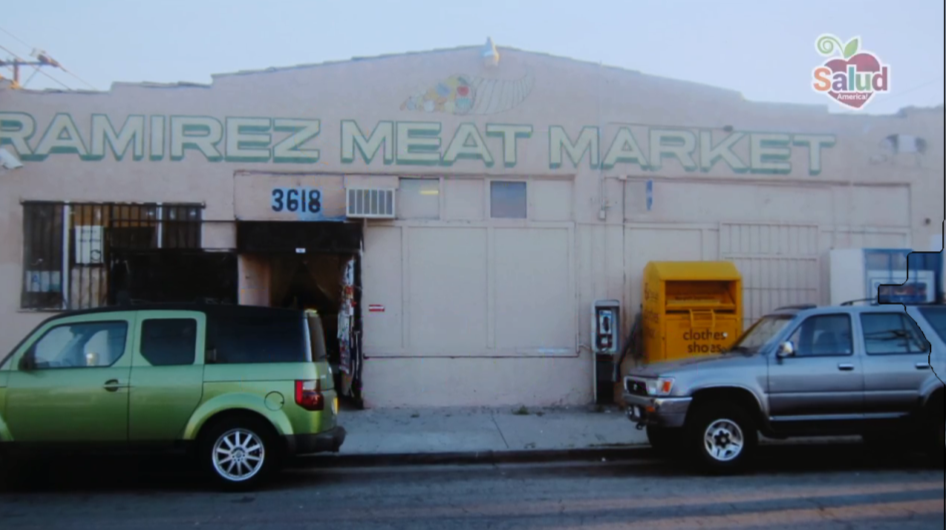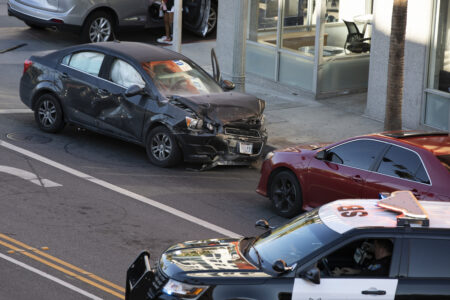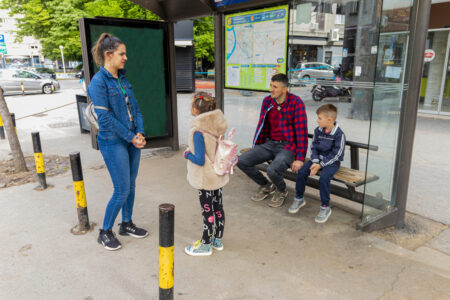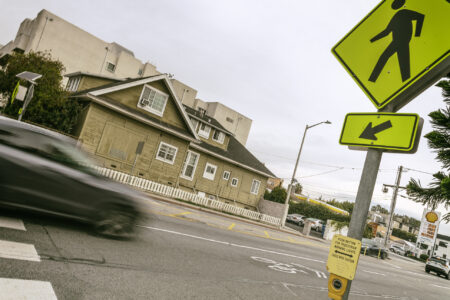
Share On Social!
In light of traffic deaths, traffic jams, and pollution, many U.S. cities are working to make their streets safer.
However, street improvements often occur in white, wealthy neighborhoods. This does little to help the people most impacted by disparities in mobility and air quality—low-income people, Latinos and other minorities, and people older than 65.
How can we tell if street projects are benefiting everyone equitably?
Fortunately, the National Complete Streets Coalition of Smart Growth America grades “Complete Streets” projects—where streets are designed for drivers, transit users, people walking, and people biking, regardless of age or ability—and publishes a Best Complete Streets Policies Report.
But they haven’t updated their 100-point grading system since 2004.
So they are revising the grades to include “vulnerable users.”
Why ‘Vulnerable Users’? Streets are Not Created Equal
In 2016, for the first time, the National Complete Streets Coalition looked at the income and racial demographics of the communities that passed or updated a Complete Streets policy in 2016.
 Complete Streets policies help transportation agencies to design projects that balance safety and convenience for everyone using the road:
Complete Streets policies help transportation agencies to design projects that balance safety and convenience for everyone using the road:
- ordinances and resolutions
- rewrites of design manuals
- inclusion in comprehensive plans
- internal memos from directors of transportation agencies
- policies adopted by city and county councils
- executive orders from elected officials, such as Mayors or Governors
They found communities that passed or updated a Complete Streets policy were, on average, slightly more white and more wealthy than the nation as a whole. In all, 77% of communities had white populations greater than the national average, and the median household income was about 10% above the national average.
This reinforces data that indicate disparities occur in traffic fatalities among the low-income, elderly, and minorities. For example, Latinos make up 16.9% of the population, yet account for 21.5% of pedestrian fatalities, according to Dangerous by Design 2016.
Disparities in traffic fatalities are not inevitable; they are due to how we design streets and where we design safe streets.
The National Complete Streets Coalition believes that Complete Streets policies should benefit all users equitably, particularly vulnerable users and the most underinvested and underserved communities.
How to Grade Streets for Vulnerable Users
In 2017, the National Complete Streets Coalition revised its 100-point grading system to include vulnerable users.
The new system requires prioritization of vulnerable users or neighborhoods with histories of systematic disinvestment or underinvestment, as well as a measurable definition of the priority groups or places, which will account for up to nine of 100 points.
The goal is safer streets for everyone regardless of age, ability, race, ethnicity, religion, income, gender identity, immigration status, languages spoken, or level of access to a personal vehicle.
The new grading system will determine the 2018 Best Complete Streets Report.
Share this with your local transportation planners and engineers; elected leaders; and sustainability and health advocates. Ask them to take action for safe, convenient, reliable, affordable, accessible, and timely transportation choices for everyone!
By The Numbers
27
percent
of Latinos rely on public transit (compared to 14% of whites).



